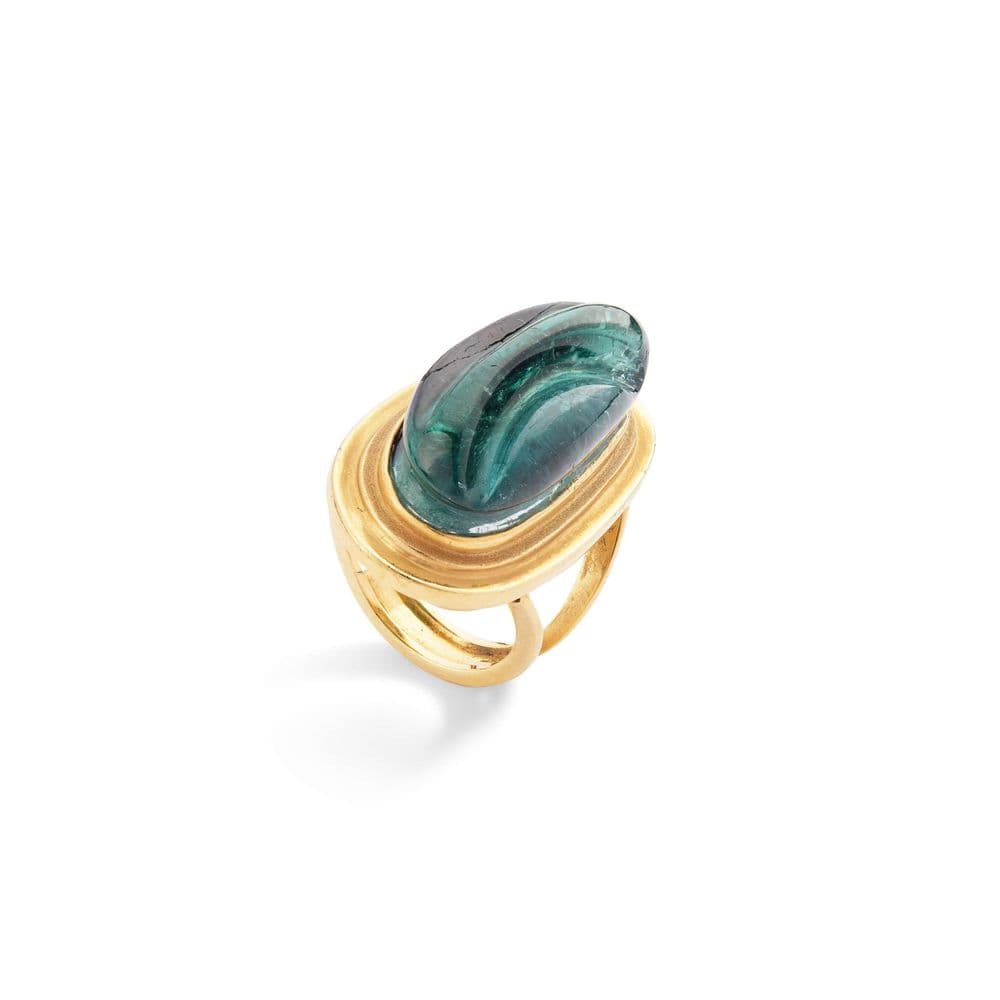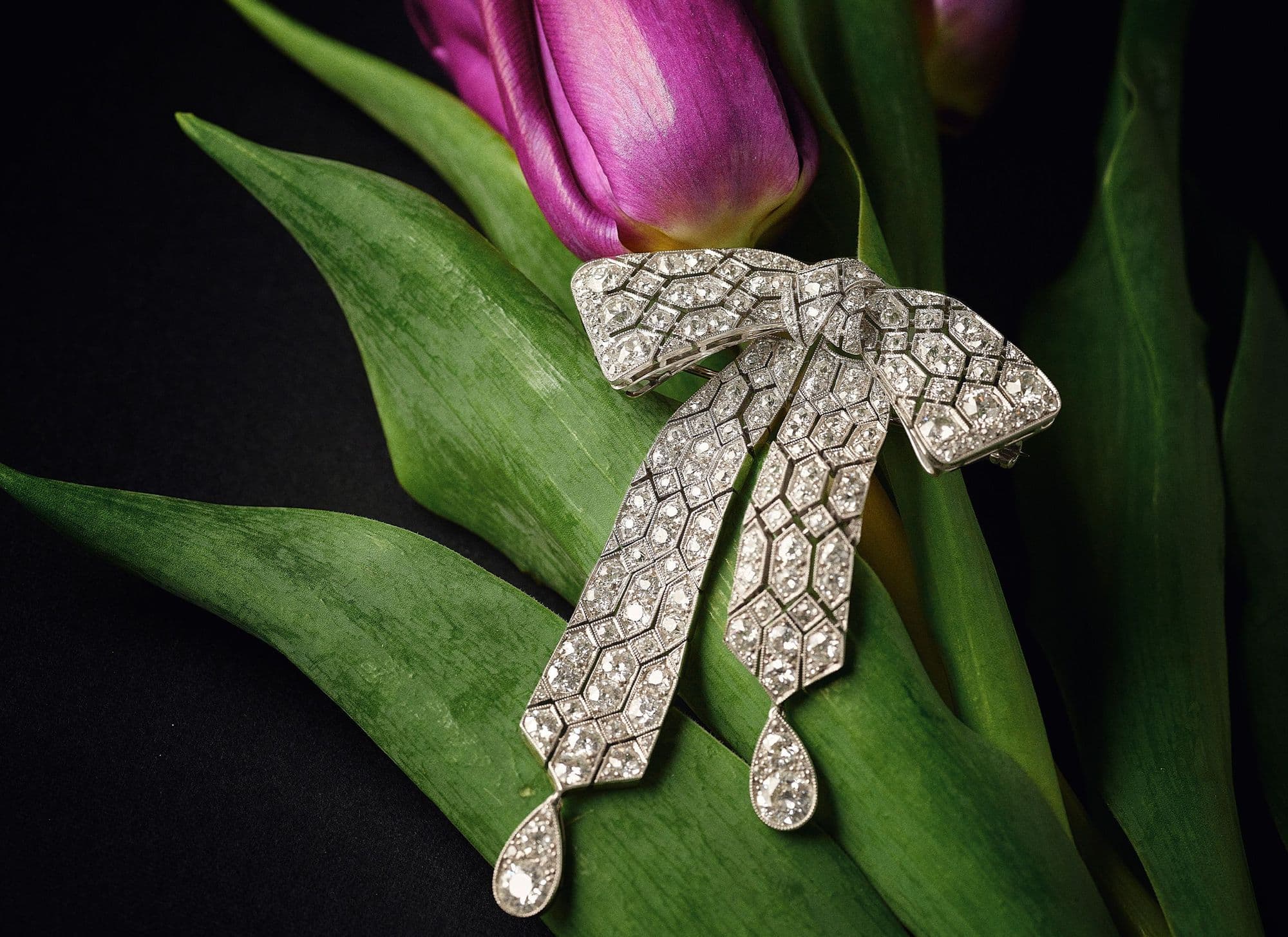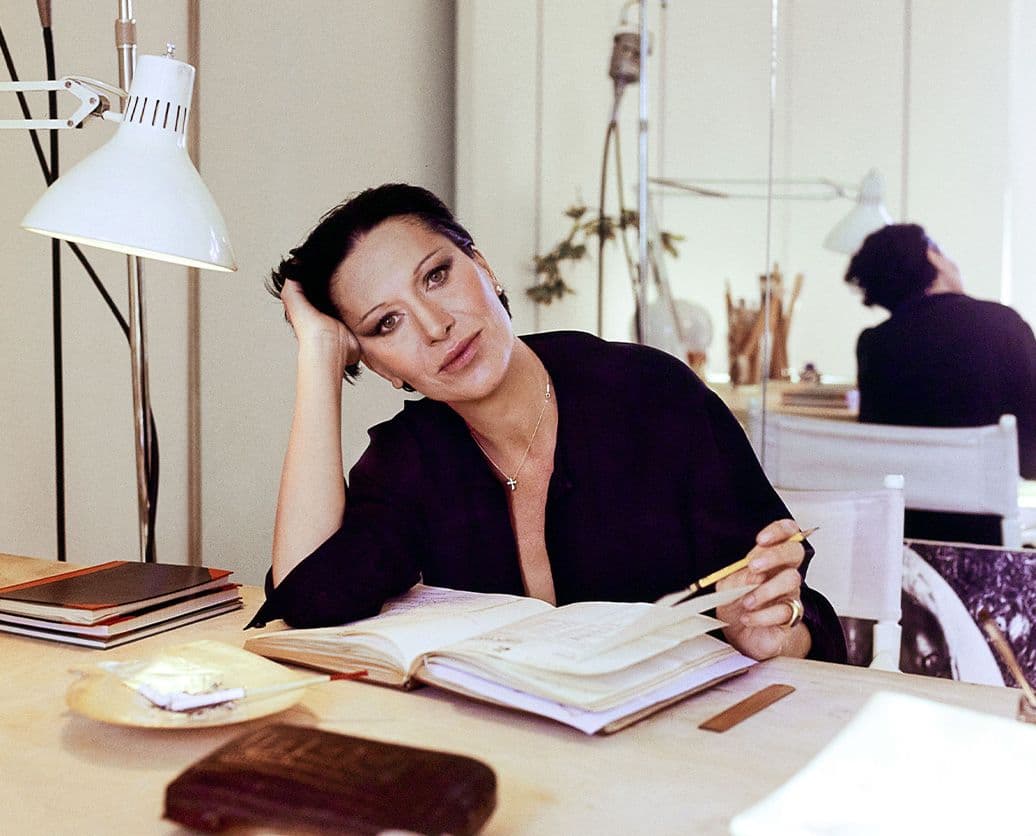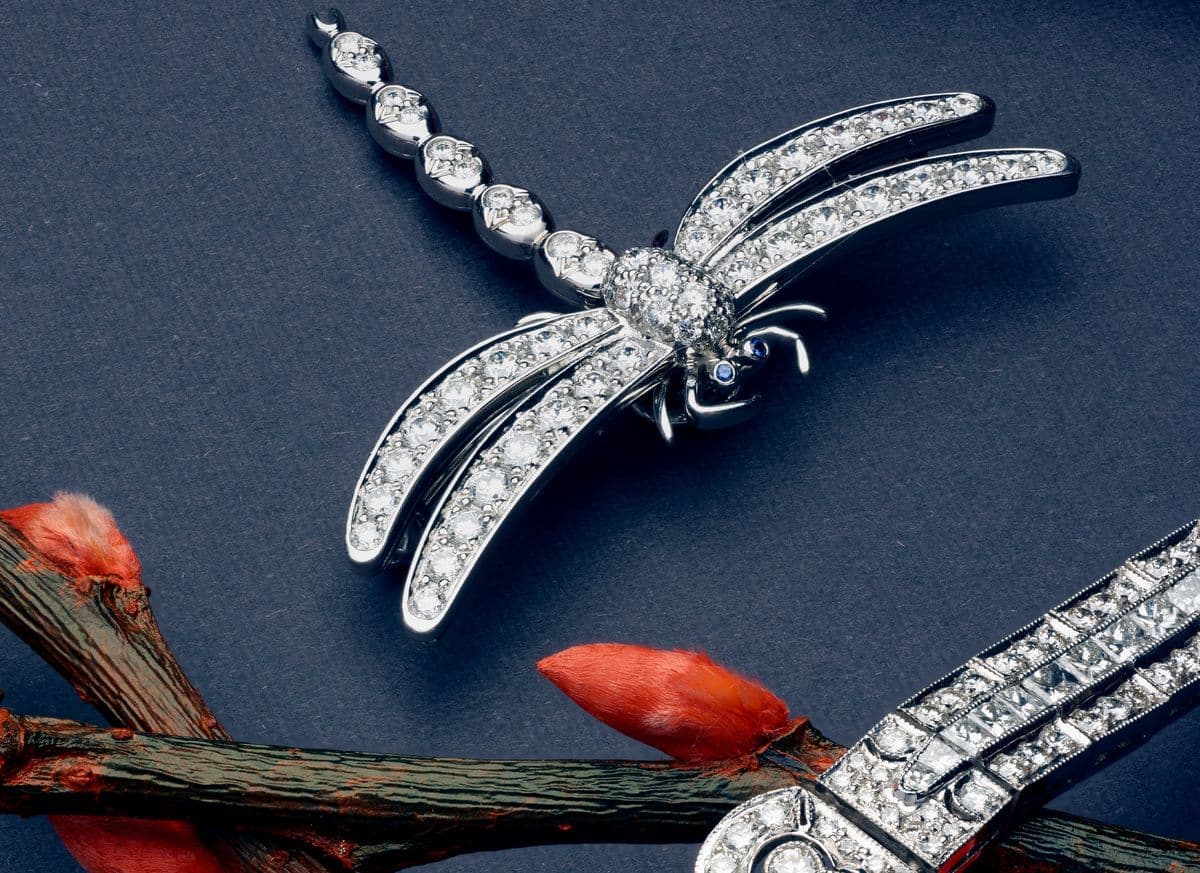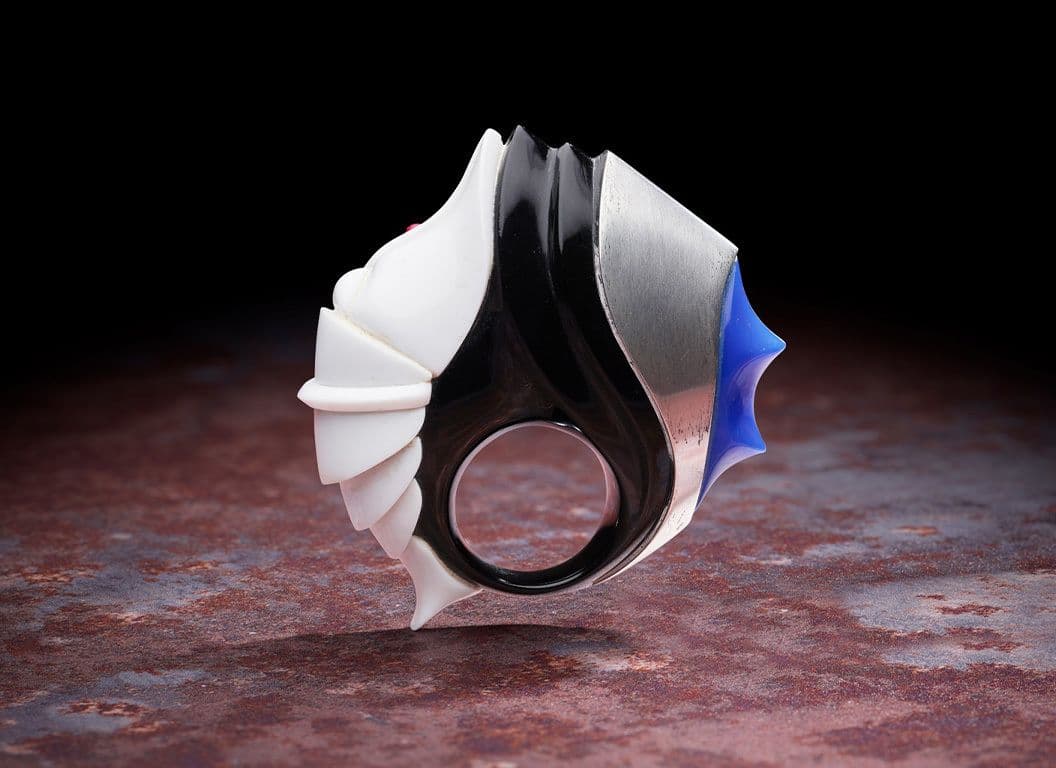Haroldo Burle Marx was among the most celebrated Brazilian jewellery designers of the twentieth century, renowned for his distinctive approach to gemstone carving and setting.
Trained in the famed gem-cutting centre of Idar-Oberstein, Germany, he mastered the art of freeform fantasy carving, working predominantly with native Brazilian gemstones such as aquamarine, tourmaline, topaz and amethyst. His work, modern in conception yet rooted in the natural beauty and vitality of his homeland, often conveyed a sense of movement and organic flow, qualities that became hallmarks of his style.
Burle Marx’s pioneering designs did much to define the aesthetic identity of modern Brazilian jewellery. In the mid-twentieth century, his reputation was such that the Brazilian government frequently commissioned him to create one-of-a-kind jewels to be presented as diplomatic gifts to visiting dignitaries. These commissions celebrated Brazil’s rich natural resources and artistic innovation, with recipients including Queen Margrethe of Denmark, Empress Nagako of Japan and Hollywood actress Natalie Wood. His work was acclaimed both domestically and internationally, treasured for its combination of artistic sophistication and national pride.
In 2011, contemporary Brazilian artist and goldsmith Kim Poor (b. 1954) was entrusted with an extraordinary legacy: over forty gemstones carved by Burle Marx, long thought lost, discovered years after his death in a box beneath his bed by his granddaughter. This remarkable cache represented the very last gems he ever carved. Poor, whose own work shares Marx’s emphasis on individuality and artistic expression, created a unique setting for each stone, carefully designed to reflect its singular shape, colour and vitality. The resulting collection stands as a tribute to Burle Marx’s enduring influence and a celebration of Brazil’s artistic and natural heritage.
